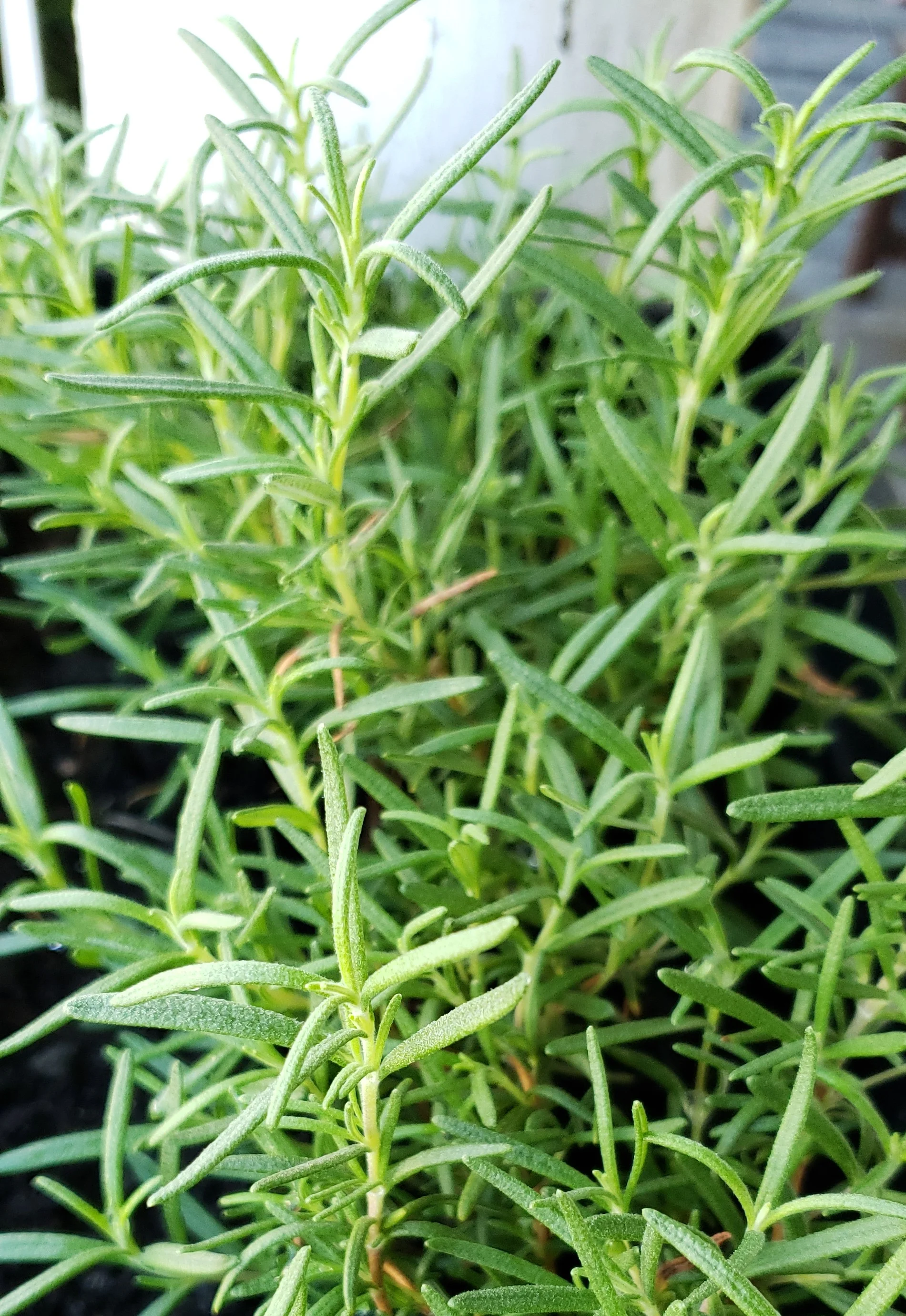Welcome to the garden
A little bit of a grimoire a little bit of discovery and a whole lot of plant love.
Arabian Jasmine
Jasmine - purity, beauty, eternal love
There are few flowers with as much purpose as the Arabian Jasmine. The uses for this plant are seemingly endless, from the Ancient Greek and Egyptian practices in aromatherapy-as a stimulant and an aphrodisiac- to modern Chinese teas, Jasminum sambac never ceases to amaze. Traditional healing practices have used the paste of the Jasmine flower to treat sores, scars, and create soft skin (a natural conditioner and moisturizer!) and that’s just a start. It’s anti-inflammatory, anesthetic, and antiviral properties have been used to promote vascular health and detoxify the body, lessen menstruation pain, and to treat a variety of ailments such as headaches, fever, epilepsy, impotence, vomiting, the list goes on…
In addition to it’s medicinal use, these flowers are made into garlands and crowns for use in religious offerings, on altars, and in weddings. Or, like a kiss on the cheek to welcome friends, the Jasmine lei is offered to show love and affection. It’s a plant with the most romantic roots and intention and is even in many fragrances for both men and women.
Needless to say, I am anxiously waiting to welcome these magickal little blooms!
Heartsease - passion, unpredictable love
This edible flower has many names and has been well loved thorughout Europe and North America. Some variations of Viola in the wild are annuals, while the garden varieties we use today are perennials quietly sharing their seeds with the Earth in Autumn.
Viola is still used in tinctures to treat bronchitis. Ingesting this pretty little flower can help strengthen blood vessels and gently stimulate both the immune and circulatory systems. In ointments, it is used to treat eczema and other skin conditions.
The Viola has also been used in love potions from ancient times and is the flower in the love charm from Midsummer Night’s Dream.
Need a refreshing and healthy summertime drink option? Try making an orange and viola infused water!
This tasty concoction was created by our friends from Muddy River Herbals who also help me bulk up my plant supplies for more production.
Viola
Artemisia Vulgaris
Mother Mugwort
No witch’s garden is complete without Mugwort. In witchcraft it’s associations with fire are represented by the many uses of its smoke. In China it is associated with the thunder god, in France used to protect against thunderstorms. Using your Mugwort smudge (or black sage) will help you open your third eye as the sweet and musky subtle scent of this “dream weed” stimulates lucid dreaming and is said to banish bad luck.
It has a strong connection to the Summer Solstice as well. Traditionally Mugwort has been burned in Midsummer bonfires and rituals around the world from Europe to North Africa. This ubiquitous plant is gathered on this day in England, France, Germany, Morocco, and other countries.
The bitter flower buds are used in Japan for moxibustion and can also be ingested to help improve digestibility of meat. Historically has also been used in teas, as a liver tonic, or for women who need help with irregular periods and other menstrual problems. You can also place the leaves under your pillow for dream enhancement or for protection, banishment, divination, and tranquility.
With all the lore, culinary uses, medicinal properties, and magickal uses for this plant, any green witch will agree that no craft is complete without Mugwort.
Shoutout to Raindrop Ceramic Shop for my custom green witch pots like the one shown here.
Rosmarinus Officinalis
Rosemary
For remembrance, protection, wisdom, a symbol for friendship, loyalty, an important herb to be used in your craft. Rosemary is heavy in tradition and lore while also useful in more practical uses like a tea to ease headaches, a rinse to add shine to dark hair, or topically to soothe itchy skin. This hardy herb with planetary associations of the sun and therefore Apollo may seem less masculine when exploring the history behind it.
In the 17th and 18th centuries, garlands of Rosemany were worn by Greek scholars to help with memory, and by brides to symbolize love and virtue. Paintings of Aphorditie were often depicted with Rosemary, which has led some to believe that its planetary association is Venus rather than the Sun. And my personal favorite piece of Rosemary lore is that which tells of the woman’s dominance in a household where this plant was seen flourishing in the garden.
Rosemary can be easily incorporated into your craft, especially for hedge or kitchen witches (hence the tradition of powerful women in the home). Using bundles of Rosemary or growing it by your garden “gate” will protect your home from intruders and other harmful or intrusive human visitors. Likewise, you can use these pliable stems in a garland of magickal herbs and hang it anywhere in your home.
Ritual cleansing with Rosemary is a great way to achieve purification and consecration. As a green witch I find Rosemary to be a great substitute for frankincense in just about any spellwork. The oil can be used to cleanse altar tools like athames, wands, and crystals between magickal workings. And a ritual bath of this plant both invigorates and relieves stress.




